A Golf GTI with a bigger boot: that’s often how the Skoda Octavia vRS Mk2 of 2005-13 is described.
Obviously, there’s a lot more to the VW than how many (or how few) suitcases it’ll swallow, but that fact is that, until 2009, the Octavia ran the same 197bhp 2.0-litre turbo petrol engine as the Mk5 Golf GTI and, after that date, the same chain-driven 2.0-litre that powered the Mk6 Golf GTI, although still with 197bhp. The diesel-powered Octavia vRS also had the same 167bhp 2.0-litre diesel engine as the Mk5 Golf GT TDI. To cap it all, the model is based on the Golf Mk 5 chassis.
Add the availability of an estate body, and weekday speed freaks – with or without an eye on the fuel gauge – cum weekend family types are clearly well served by the Octavia vRS Mk2. With prices for tidy, albeit high-mileage, 2005-reg ones starting at around £2500, they won’t have to dig too deep for the pleasure, either.
The vRS arrived in 2005 dressed to thrill, with a bodykit, twin tailpipes, a boot spoiler, 17in 10-spoke alloys and ventilated disc brakes with vivid green calipers. It was 12mm lower than standard Octavias, too.

The rear suspension is a sophisticated multi-link affair. A good vRS with healthy bushes and dampers should turn in to corners keenly and resist leaning excessively. Meanwhile, the manual gearbox should snick through the gears smoothly and the DSG dual-clutch auto shuffle cogs without hesitation.
We favour the petrol vRS hatchback for its sportier performance and more purposeful image, although the more practical estate version is just 0.1sec slower over 0-62mph (7.2sec), and that’s in manual or six-speed DSG form. It doesn’t run out of puff until 148mph, either. However, price-wise and like for like, it’s around £1000 more expensive than the hatch. Given how much loadspace the hatch has with its back seats folded, you may prefer to pass on the estate and spend the extra £1000 on buying the best hatch version you can afford instead.
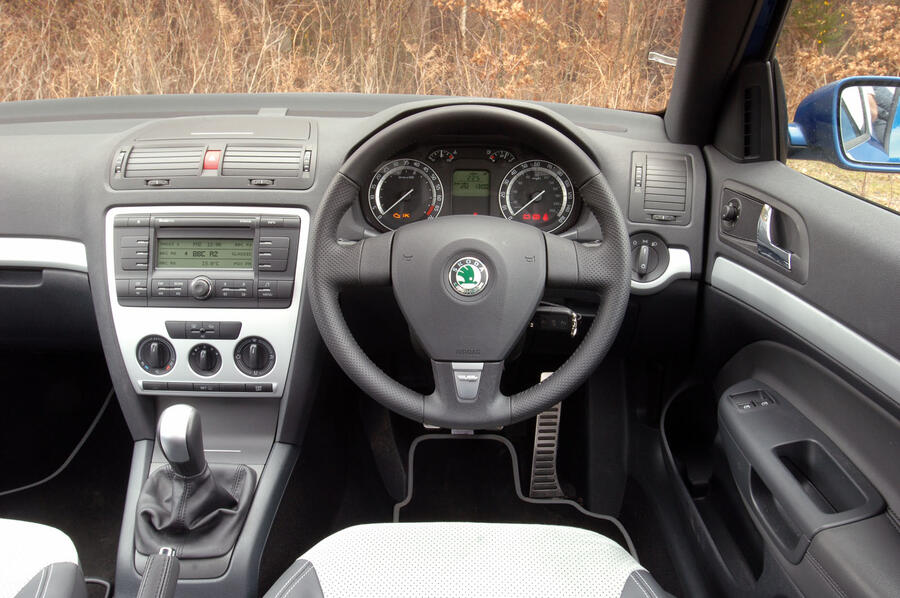

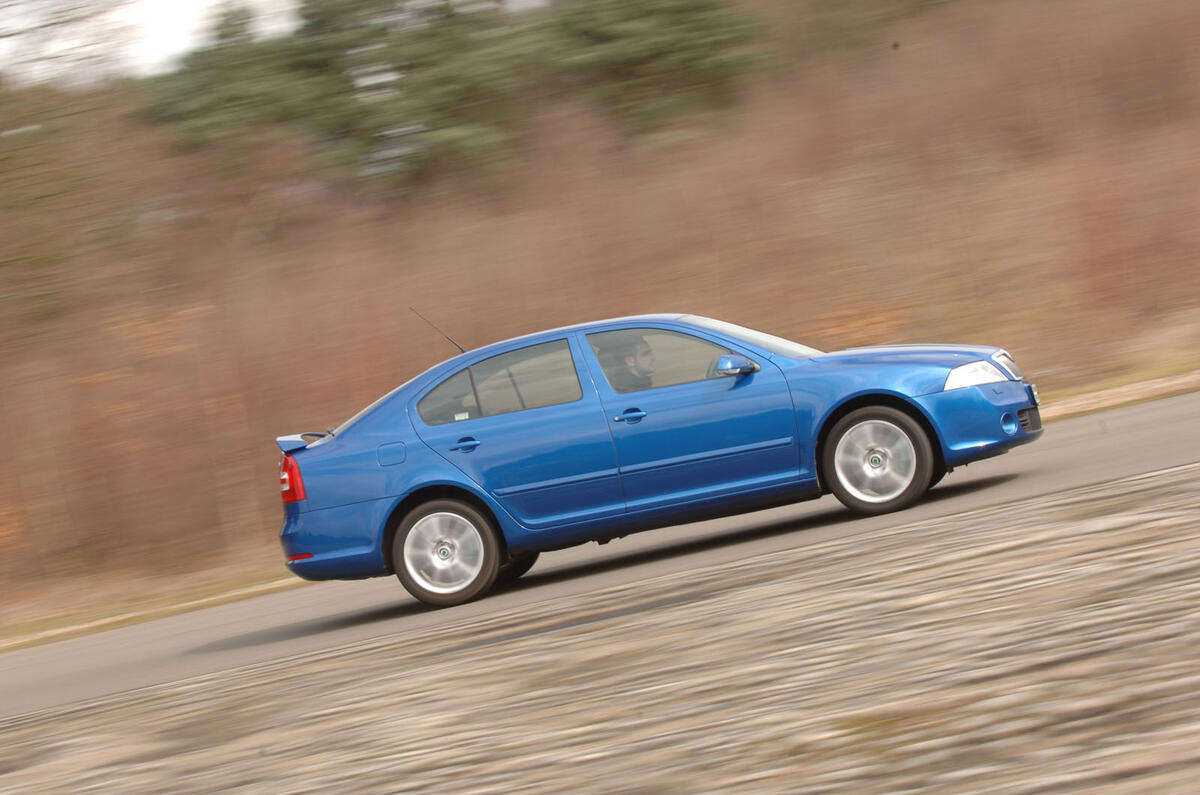

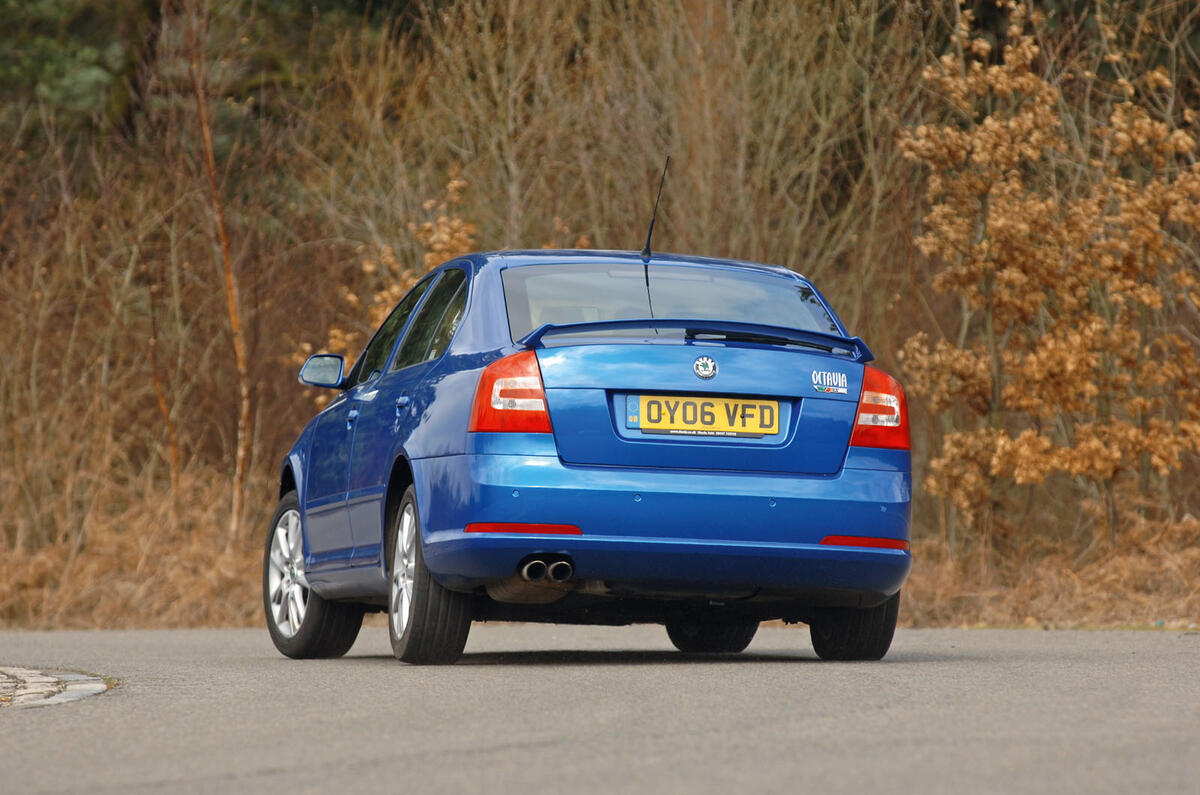
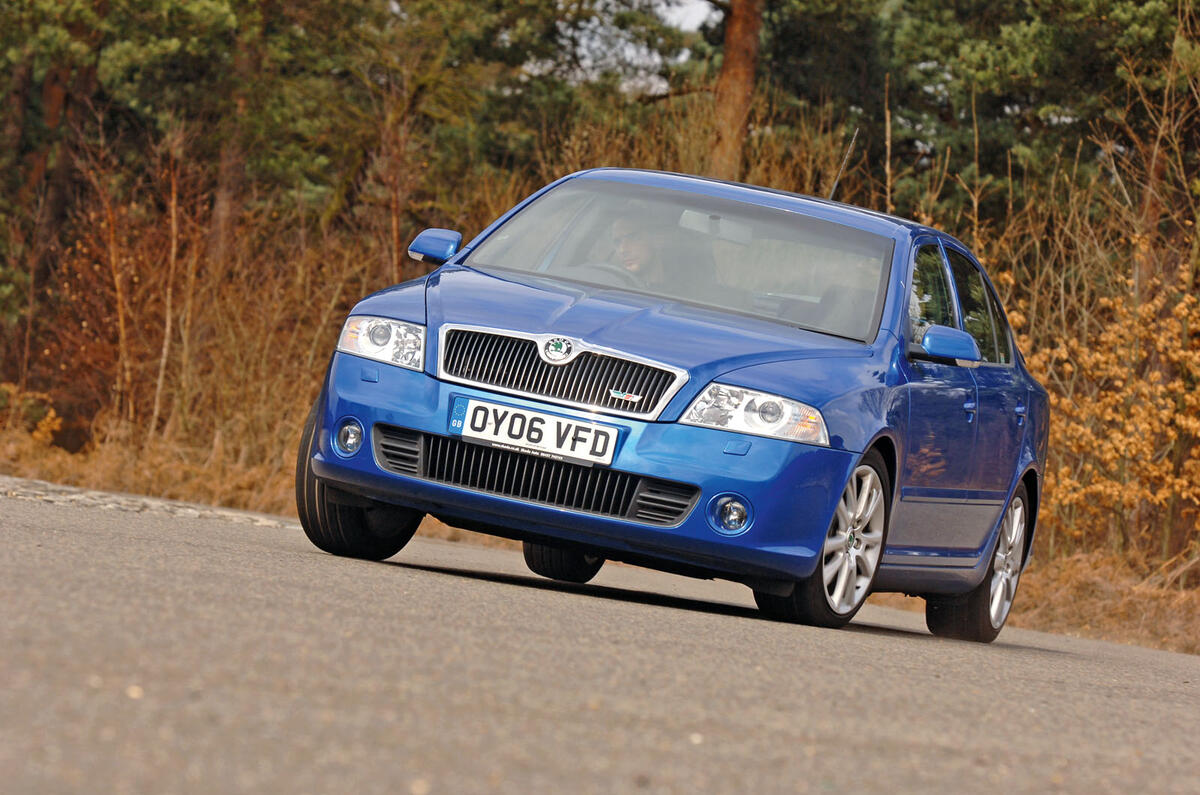
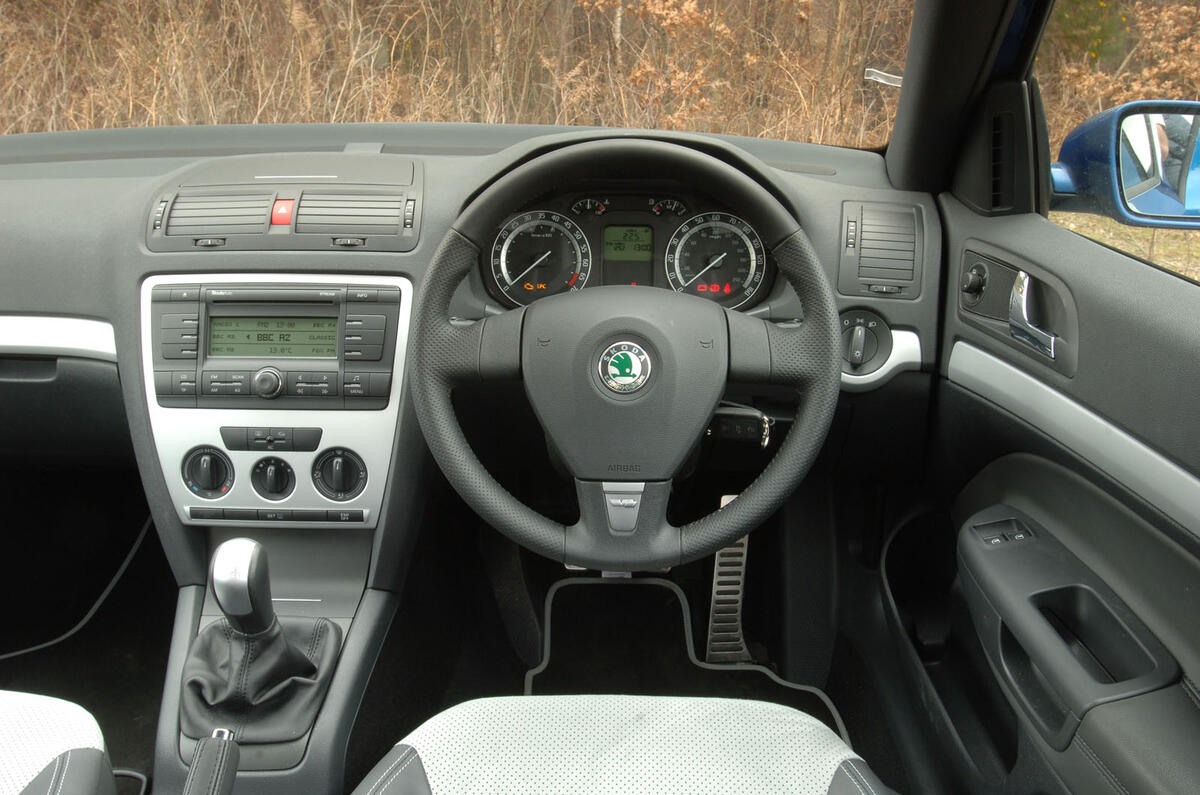
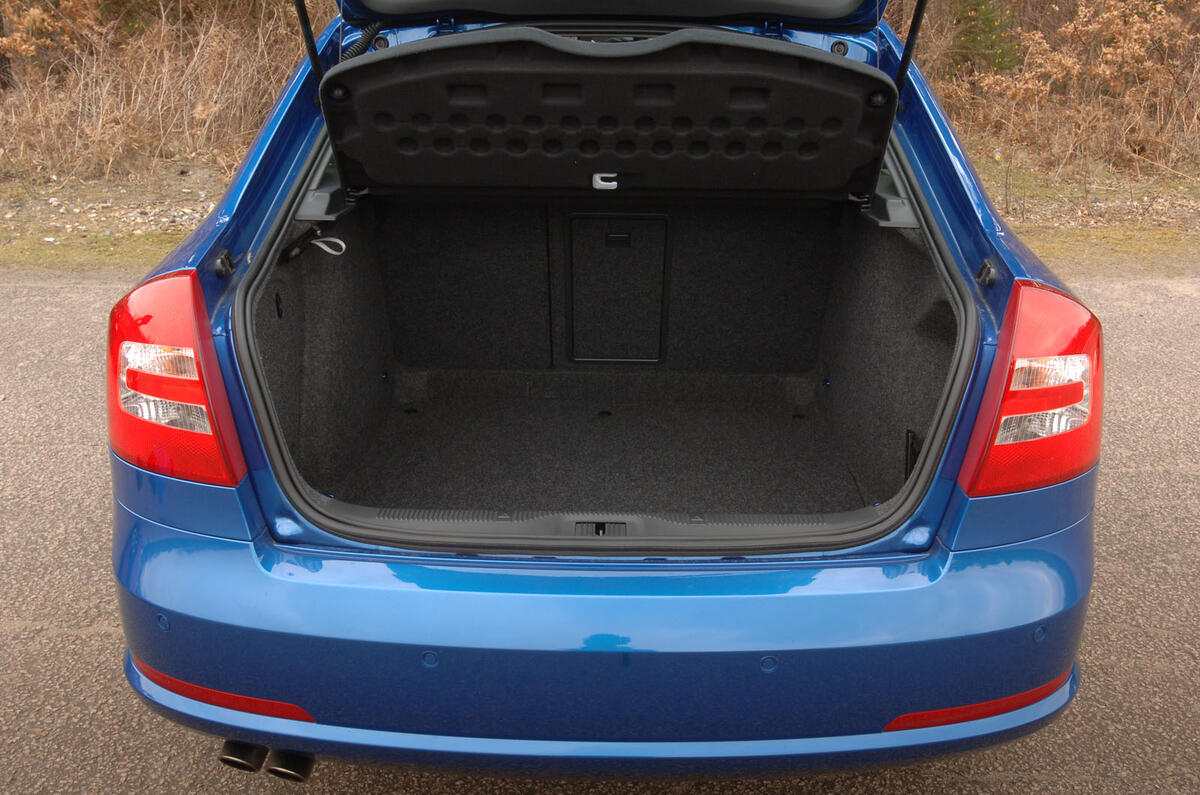
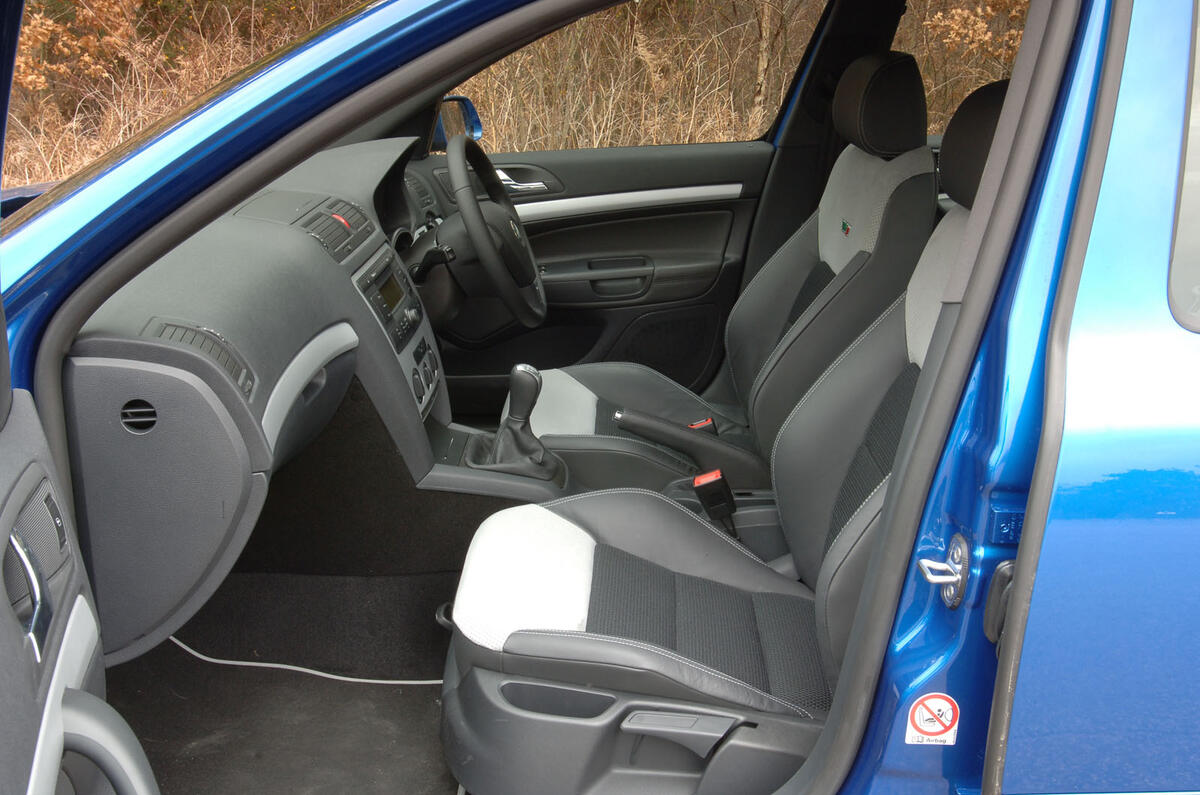
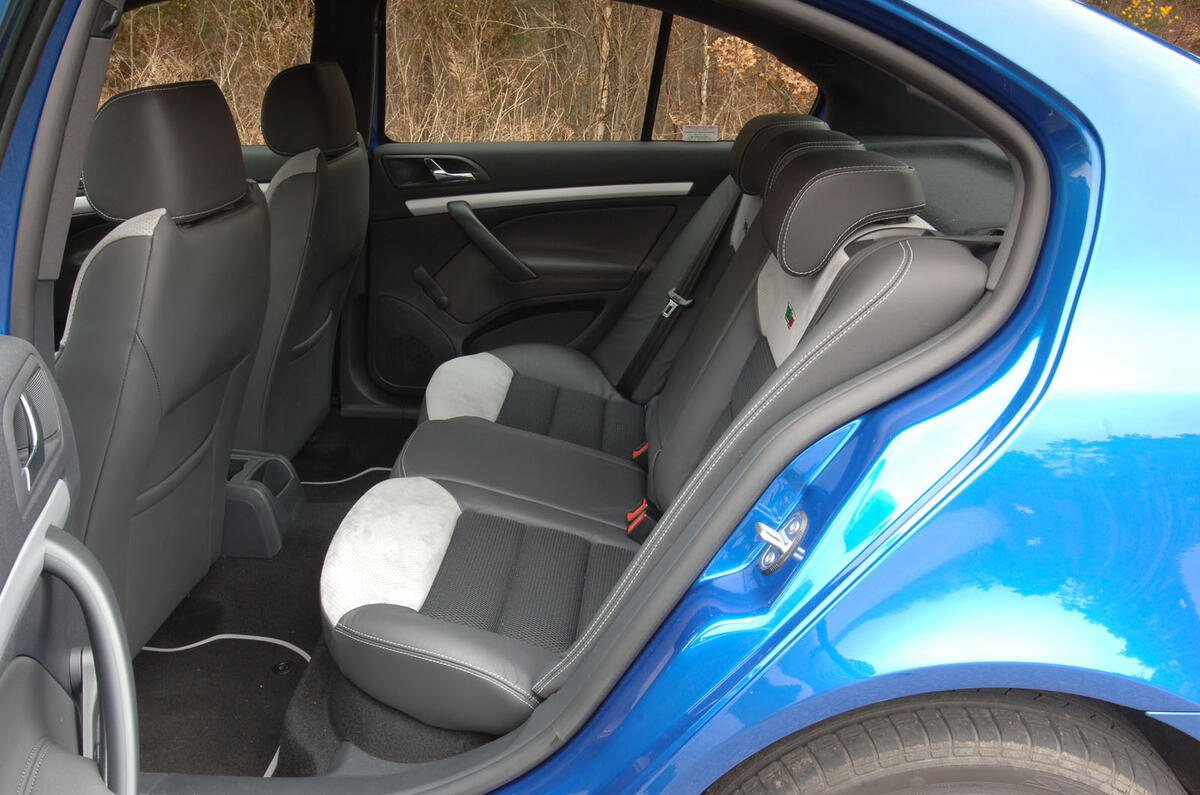

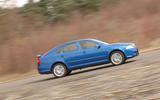
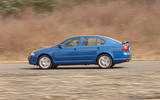

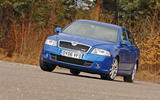
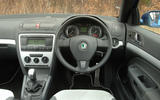
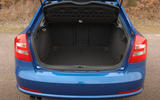
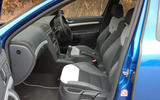
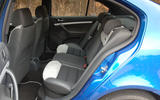
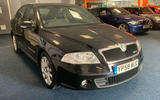

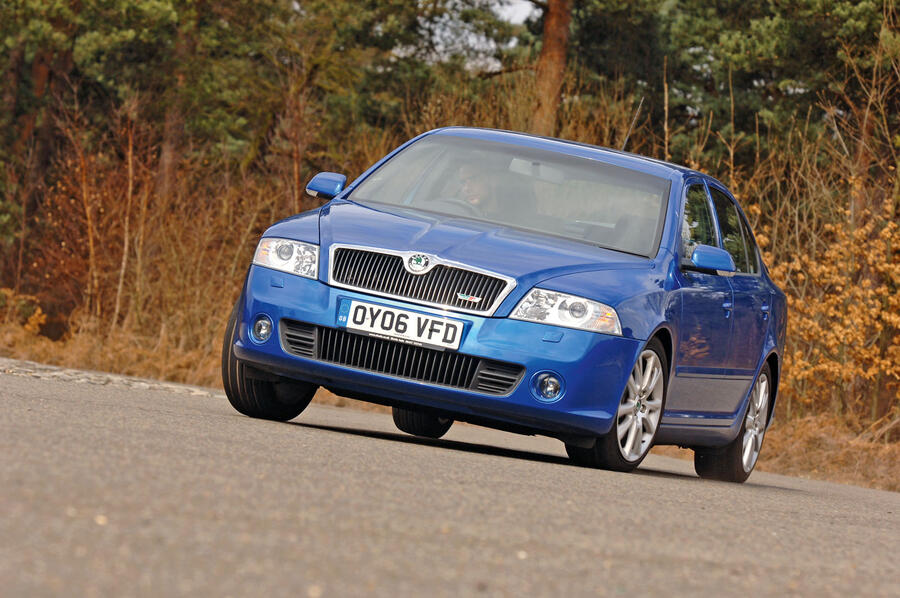
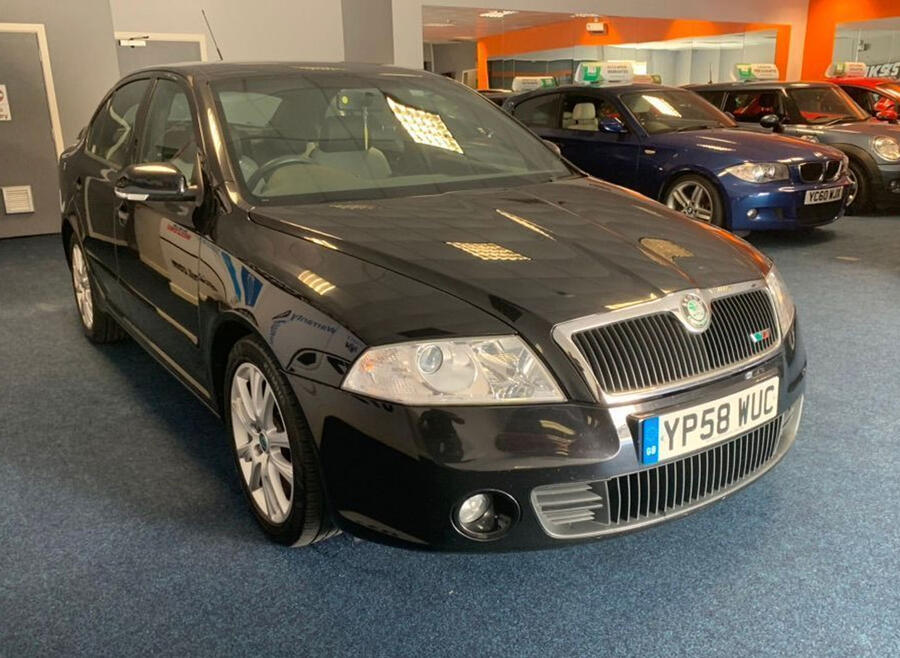

Join the debate
Add your comment
healthy for life
I am thankful to you for sharing this plethora of useful information. I found this resource utmost beneficial for me. Thanks a lot for hard work.
The best looking Octavia IMO
I preferred the looks of the Mk1
Like all the Mk2 Skodas (incl Fabia and Superb) I always thought the Octavia was not as elegant as its predecessor. They were all a bit gawky and ill-proportioned. The Mk3s have all been a great improvement.